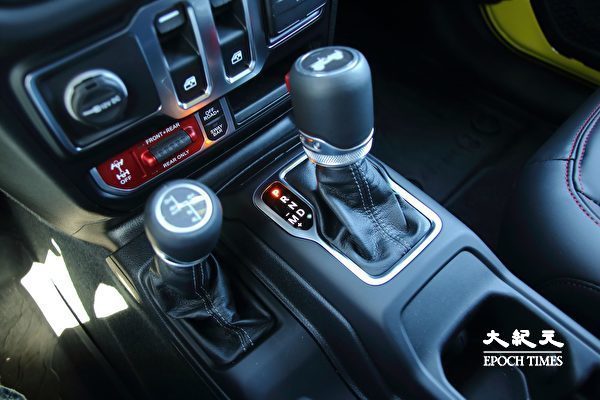When buying a car, what do you value the most? A survey found that “reliability” is the top consideration for three-quarters of American respondents, followed closely by “safety.” It is easy to understand why reliability scores so high. Drivers want peace of mind, knowing that their investment in a vehicle will last for many years and not leave them stranded on the highway.
However, buyers may not be exactly sure how to manufacture a reliable car. Fundamentally, it requires durable components. There are many ways to manufacture engines, transmissions, and brakes, but some methods are more proven and long-lasting than others. We will introduce some features to consider when buying a car.
1) Engine: Timing Belt vs Timing Chain
Every internal combustion engine requires a so-called timing system to synchronize the pistons and valve springs perfectly. You may not think much about it, but the timing system is one of the most important components in a vehicle because incorrect timing can quickly lead to pistons and valves colliding within the engine cylinder, causing costly damage.
Most engines will use either a timing chain or belt wound around gears that connect the crankshaft and camshaft. Belts and chains are responsible for keeping everything in sync, but they have slightly different characteristics. Timing belts, made of steel-reinforced rubber, naturally wear over time. Typically, they need to be replaced every 60,000 to 100,000 miles, depending on the model. This is a costly maintenance. Mechanics have to dismantle many parts to access the timing system, and the labor cost of belt replacement can easily exceed $1,000.
On the other hand, timing chains are entirely made of metal and can usually last the entire lifespan of the engine. Therefore, engines with chains can save thousands of dollars over the vehicle’s lifespan. Why do manufacturers use timing belts? The main reason is engine noise. Rubber belts run quieter than the clunky chain, helping to eliminate engine noise. But nowadays, car manufacturers have found ways to reduce chain noise, so timing chains are becoming increasingly popular for their reliability advantages.
Regardless of which timing component is used, car owners should regularly change the oil and inspect the vehicle to ensure the system operates smoothly. Old oil can deposit contaminants in the timing box and lead to premature wear.
2) Transmission: Manual vs Automatic vs CVT
The transmission is one of the most complex mechanical structures in all vehicles, and it must withstand thousands of miles of testing. A manual transmission is one of the oldest transmission designs, making it a proven technology. Through regular maintenance, a manual transmission can usually extend a vehicle’s lifespan. However, its clutch plate will eventually need replacement, which can cost up to hundreds of dollars. Transmissions also use parts called synchronizers to maintain smooth gear engagement. These parts may wear out over years, causing the transmission to become clunky and even potentially disengage from the gear, requiring a $1,000 replacement.
But nowadays, most cars, especially American cars, use very durable hydraulic torque converter automatic transmissions. These car transmissions are made of steel components and can typically drive hundreds of thousands of miles. To ensure this, regular checks and automatic transmission fluid changes are crucial to keep the mechanism from being contaminated. On the other hand, the manufacturing and refurbishment costs of torque converter cars are high, and if the transmission eventually fails, it could lead to repair costs in the thousands of dollars. (To be continued next week)

